According to air traffic control recordings, weather conditions on Kauai Island on April 11 caused Southwest Airlines Flight 2786 to be unable to land at Lihue Airport and to rush toward the coast.
The airline's Boeing 737 Max 8 aircraft lost more than 4,000 feet (1,200 meters) of altitude per minute before the pilot turned the plane up to avoid a disaster. The plane is believed to have been just 400 feet (120 meters) above the water. The plane later landed safely in Honolulu, Hawaii. No one was injured on the flight.
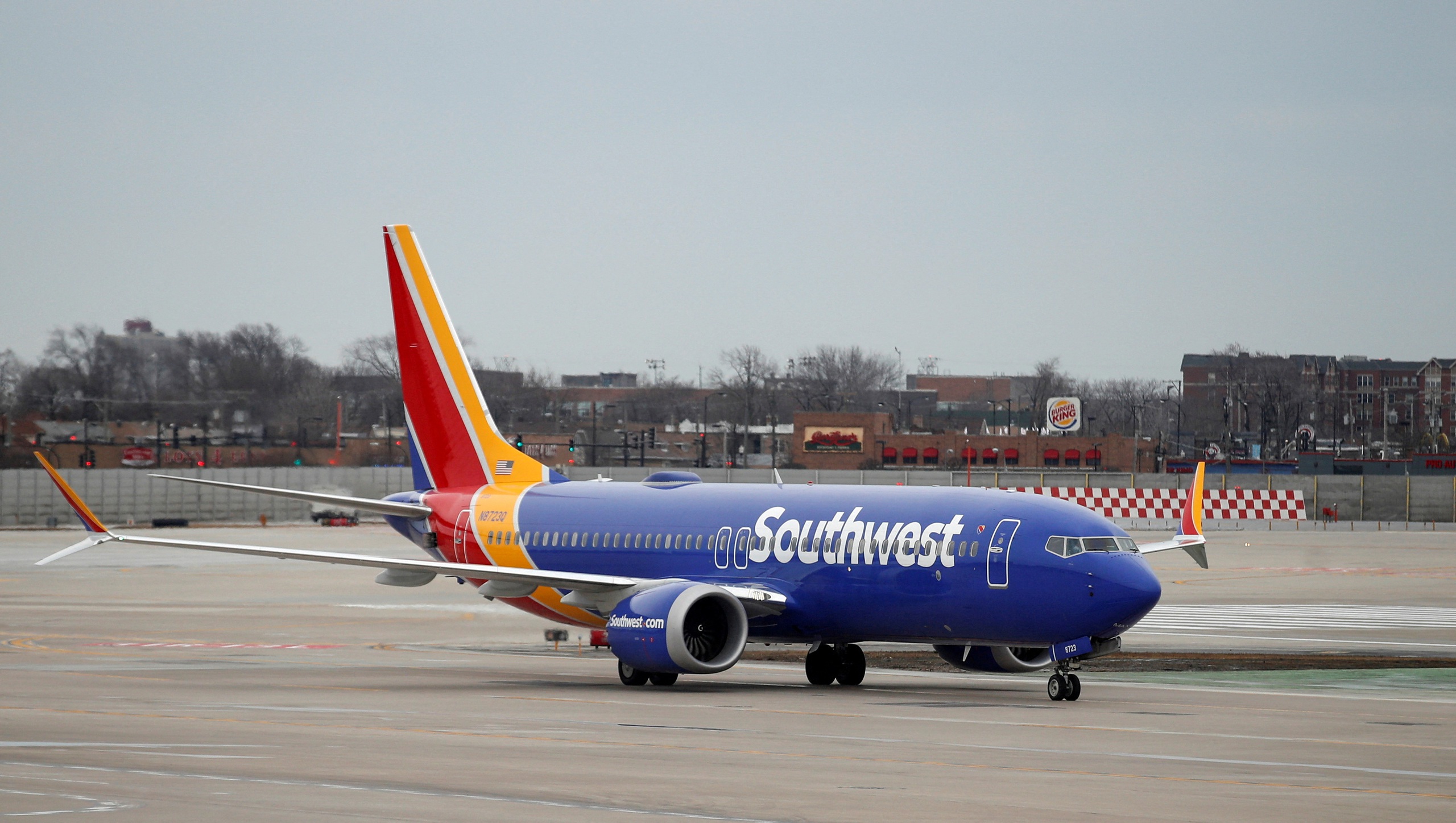
Southwest Airlines Boeing 737 Max 8
In a statement on June 14, Southwest Airlines said: "Nothing is more important to Southwest than safety. Through our Safety Management System, the incident was appropriately addressed and we are committed to continuous improvement."
Earlier, US federal officials said on June 14 that they were investigating another incident involving Southwest Airlines involving a Boeing 737 Max 8. The incident occurred when the plane on its way from Phoenix to Oakland (USA) on May 25 experienced a rare somersault, believed to be due to a failure of the backup power source.
The FAA said the plane experienced a “Dutch roll,” a combination of pitching, tail sliding, and side-to-side swaying that rarely occurs during flight. The Southwest Airlines plane experienced the problem at an altitude of more than 35,000 feet.
Close-up of plane collision during air show, pilot killed
Source: https://thanhnien.vn/may-bay-boeing-suyt-lao-xuong-bien-gioi-chuc-my-dieu-tra-185240615100901948.htm




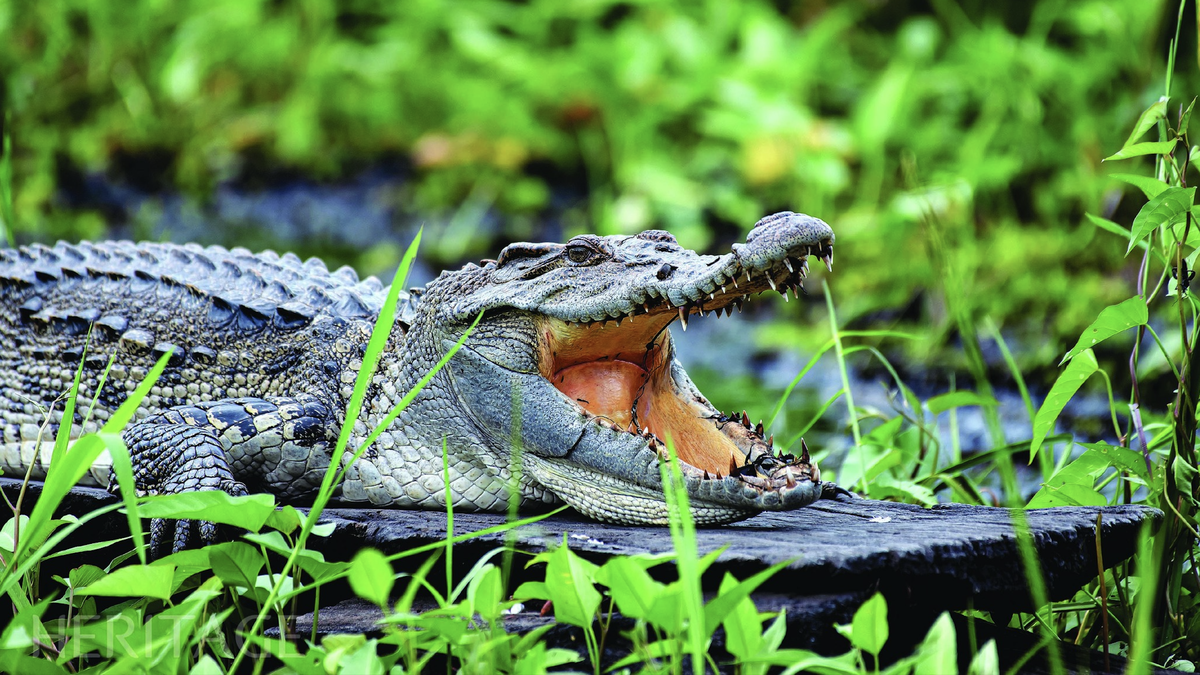






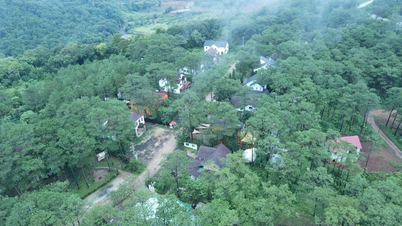

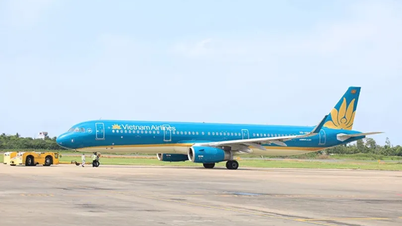

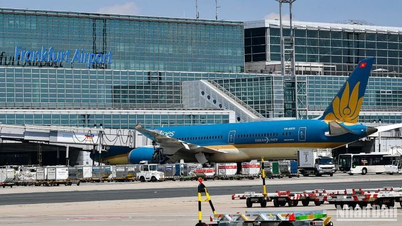

















![[Photo] Prime Minister Pham Minh Chinh works with the Standing Committee of Thai Binh Provincial Party Committee](https://vphoto.vietnam.vn/thumb/1200x675/vietnam/resource/IMAGE/2025/5/12/f514ab990c544e05a446f77bba59c7d1)
![[Photo] Prime Minister Pham Minh Chinh receives Swedish Minister of International Development Cooperation and Foreign Trade](https://vphoto.vietnam.vn/thumb/1200x675/vietnam/resource/IMAGE/2025/5/12/ae50d0bb57584fd1bbe1cd77d9ad6d97)



































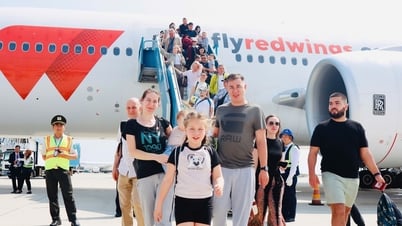





























Comment (0)